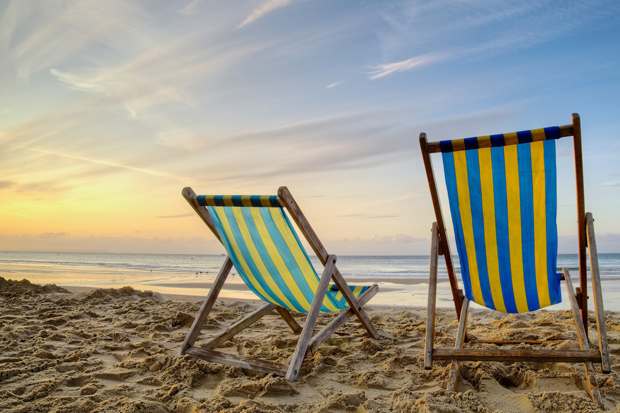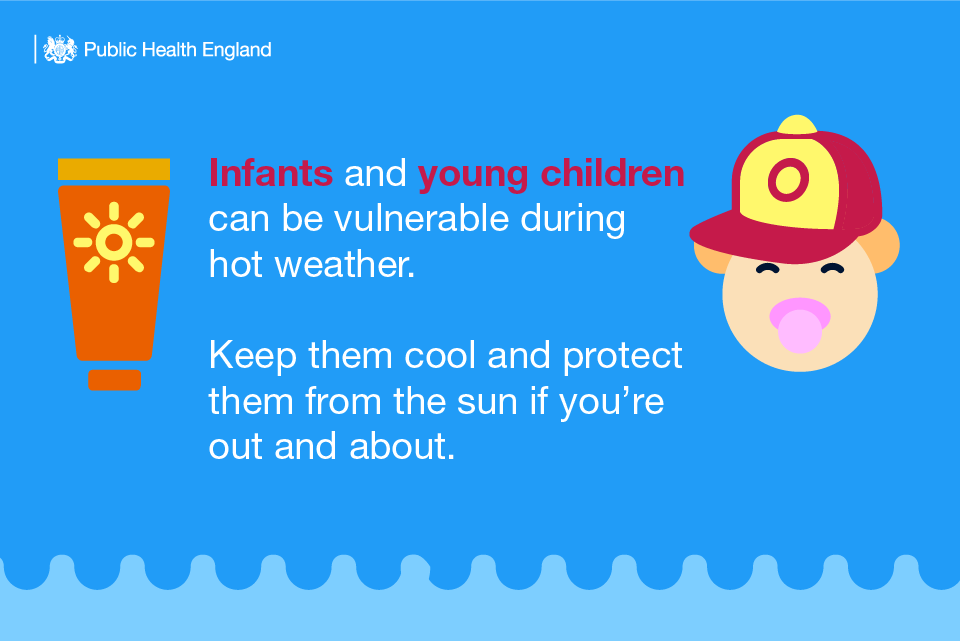
This summer has been one of the hottest summers since records began. As many of us revel in the hot summer sunshine, others are at risk of getting sunstroke and heatstroke – so why, exactly, can we be at risk in hot weather?
How the body copes with hot weather
Our bodies fight hard to keep internal conditions pretty much the same, so that our cells and organs operate in optimum circumstances. For our core temperature deep inside, that’s around 37.5°C, and we have a range of reflexes that kick in to keep this stable, even before it changes. This happens whether we are hot because of being in the sun, or just indoors in a hot room.
To cope, firstly our bodies change the amount blood flow. When it’s hot, more blood flows close to the skin and we lose heat to the outside world. This requires the heart to work harder to get the blood moving closer to the skin which can put it under strain.
This heat loss is helped by sweating - when sweat evaporates off our body, it cools us down. Sweating, or wet skin, can increase the amount of heat lost from the body by as much as 10 times, thereby reducing the strain on the heart. But we need to keep well hydrated to keep the sweat flowing.
Heat related illness is a side effect of struggling with the heat
The extra work for the heart and the lungs can combine with fluid and salt loss to cause a range of problems. Mild effects include the familiar red itchy heat rash.
As our bodies work harder, blood vessels widen and dilate and fluid can leak through their walls. This is known to cause heat oedema or the swollen feet, ankles and legs some of us experience.
The combination of fluid loss/dehydration from sweating, with lower blood pressure as a result of all those extra dilated blood vessels, can start to lead to more serious problems and can cause dizziness and fainting, or heat syncope. This is worsened by the loss of salt electrolytes in sweat; and as this loss gets more severe people experience heat cramps in their muscles, caused by dehydration and the loss of crucial electrolytes that keep muscles functioning.
The combination of these symptoms, as well as sickness or nausea, headaches, heavy sweating and tiredness is called heat exhaustion.

While most people in good health will not suffer these symptoms if they are sensible with their fluid intake and seek out the shade and cooler places, older people, young children and people with underlying heart or lung conditions are at more risk. This is why our advice focuses on reminding people to keep an eye on vulnerable friends, relatives and neighbours during a heatwave.
If someone is showing signs of heat exhaustion they need to be cooled down. The NHS advises that there are 4 things you can do to cool someone down and they should feel better within 30 minutes:
- Move them to a cool place
- Get them to lie down and raise their feet slightly
- Get them to drink plenty of water. Sports or rehydration drinks are OK
- Cool their skin – spray or sponge them with cool water and fan them. Cold packs around the armpits or neck are good too
Stay with them until they are better and call 999 if the person is:
- No better after 30 minutes
- Still feel hot and dry
- Are not sweating even though they are too hot
- Has a temperature that's risen to 40°C or above
- Has rapid or shortness of breath or is confused, has a fit or loses consciousness
These are all signs of heat stroke which is a medical emergency and can kill.
UKHSA advice
Prevention is the best bet here and our advice has three parts: keep hydrated, keep your home cool and keep yourself cool.
Keeping hydrated is vital – not only does this make up for the fluid you lose through sweating, but helps cool you down and helps prevent many of the problems that contribute to heat exhaustion. Drink plenty of fluids and avoid excess alcohol. Water, lower fat milks and tea and coffee are good options.
Keeping your home cool is also vital. Certain types of building are at particular risk of overheating, for instance top floor flats, and those which only have windows along one wall because it’s impossible to get a through breeze. It may be cooler to go to a park where there’s a breeze and some shade, than stay in an overheated home.
The best advice is to consider your own environment. There are things we can do to keep our homes cool, and keeping our bedrooms as cool as possible is important to help us sleep and give us some respite from the heat during the night. When it’s hot outside, it’s tempting to open all the windows. But if it’s hotter outside than in, you may just be allowing more hot air in.
Open windows when the air feels cooler outside than inside to let out the heat, for example, at night, but be aware of security and other concerns. If you’re able to get air flowing through your home by opening windows on either side of the building that will help.
Of course much of this advice is common sense, however we know heat-related mortality is forecast to rise. The UK Climate Change Risk Assessment identifies risks to health, wellbeing and productivity from high temperatures as one of the greatest priorities for action for our country so it’s vital we all protect ourselves as well as our families and neighbours.
